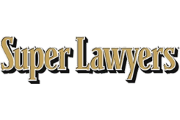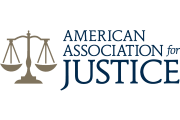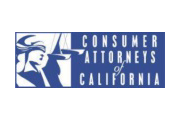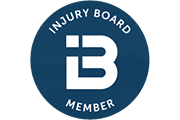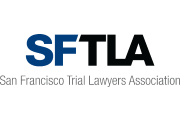T-bone accidents, also known as side-impact accidents, are among the most dangerous types of motor vehicle collisions. These accidents typically occur at intersections and involve the front of one vehicle colliding with the side of another. Victims often suffer serious and sometimes fatal injuries in T-bone accidents, especially if they were sitting on the side of the vehicle that was hit.
If you plan on pursuing an insurance claim or lawsuit, determining who is at fault in a T-bone accident is crucial. This information can help inform your legal options and aid you in recovering fair compensation.
Several factors can lead to a T-bone collision, and identifying these causes is key to determining fault. Common causes include:
California is a fault state for car accidents. In the case of a T-bone collision, the driver who acted negligently or violated traffic laws is typically found at fault and thus financially liable for the accident. However, to prove this liability, the victim will need to present several pieces of evidence that establish the series of events leading up to the accident.
This evidence may include:
If you were injured in a T-bone accident, an attorney can help you gather this evidence and present it in a way that proves the at-fault driver’s liability. Your lawyer can conduct an in-depth investigation into the collision and enlist the help of expert witnesses who can testify on your behalf.
In some T-bone collisions, both drivers may share fault. For instance, if one driver runs a red light while the other speeds through an intersection, both are partially responsible for the accident. California’s comparative negligence law comes into play here, affecting the compensation that the injured party can receive.
Under this law, if a plaintiff is found partially at fault, their compensation is reduced by their percentage of fault. For example, if they are found 25% at fault and they request $50,000 in damages, they would only receive $37,500. Plaintiffs can recover compensation even if they are found to be 99% at fault, but their settlement will be reduced accordingly.
T-bone accident claims are complex, and to protect your right to compensation, you need an attorney on your side. After your collision, contact a San Francisco car accident attorney to begin building your case.
